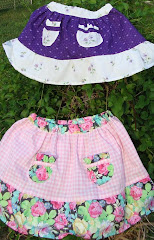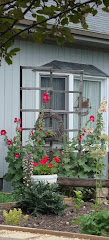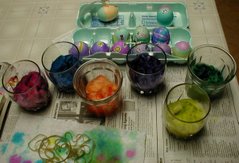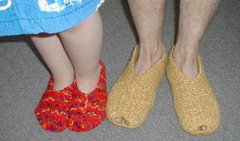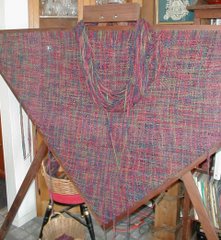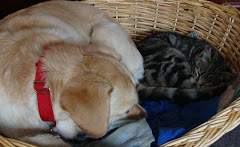
Finally had a chance last week to try another suggestion from Mary T. Bell's "Food Drying with an Attitude: A fun and fabulous guide to creating snacks, meals and crafts" and made a double batch of kale chips in the dehydrator. I've seen mention of these things for a couple of years but didn't get around to trying them till now -- wish it'd been sooner as they are GOOD!
They're crispy, almost melt-in-your-mouth light and slightly salty. I followed Bell's directions and used a vinegar, olive oil and salt mixture to coat the chips before drying but DS suggested trying Old Bay seasoning next time. I can think of several seasoning blends worth trying but I'll have to wait till late summer as the chickens finished off the wintered-over kale when they were on the last garden section.
 Besides rinsing any sand from the kale, I chose to remove the tough stem that runs up the middle of each leaf. They can become hard and tough after drying. But I did save them as Bell recommends and dried along with the kale chips, then ground to a powder, they'll make a tasty addition (like last week's post about ground carrot peels) to soups or other dishes. I'm thinking I should add a spoonful of the powder to the next batch of vegetable dip we make...
Besides rinsing any sand from the kale, I chose to remove the tough stem that runs up the middle of each leaf. They can become hard and tough after drying. But I did save them as Bell recommends and dried along with the kale chips, then ground to a powder, they'll make a tasty addition (like last week's post about ground carrot peels) to soups or other dishes. I'm thinking I should add a spoonful of the powder to the next batch of vegetable dip we make...Kale Chips
4 cups kale (stems removed)
3/4 cup apple cider vinegar
1 tablespoon olive oil
1 tablespoon salt (I recommend reducing the salt, maybe by half?)
Cut kale leaves cross-wise into 1- or 2-inch pieces. They'll shrink while drying so don't worry if the curly leaves look over-large to start.
Mix vinegar, oil and salt together and pour over kale pieces in a bowl. Toss to coat. Let sit for about an hour, tossing every 15 minutes or so to make sure all surfaces are coated. (Bell recommends putting a weight like a large plate on the kale to press it into the liquid seasoning -- this would relive much of the tossing I had to do but my container wasn't shaped to allow this.)
Spread the kale pieces on the dehydrator shelves and dry at 125º-135ºF. till kale is crispy-dry. Depending on variables, it could take from 4 hours to overnight. Mine took about 8 hours to get to the right crispness.
Notes: I liked the cider vinegar but think any vinegar would work. Red wine or a flavored vinegar, like garlic, would be good, too. If you double, the recipe (I did), don't double the salt (I didn't and I was glad).




















